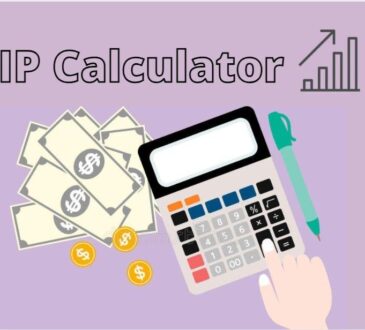
Do you want to start trading on financial markets, but you don’t know where to start. If so, CFD or Contract for Difference might be the best option for you. Typically, CFDs have relatively low barriers to entry into financial markets in terms of cost and the ability to trade online.
The only downside of CFD trading is that the process is somehow technical and abstract. In most cases, new traders aren’t sure where to start. But you don’t have to worry because we are here to help you understand everything about CFD trading.
Read on to discover what CFD trading is all about, how it works, and how you can make money as a CFD trader.
What are CFDs?
As mentioned earlier, CFD is an abbreviation for “Contract for Difference.” It is form of derivative trading that allows one to speculate on the falling or rising prices of fast-moving financial market assets such as indices, shares, currencies, treasuries, and commodities.
As a CFD trader, you don’t sell or buy the underlying asset. Instead, you sell or buy a specified number of units for a particular commodity depending on whether you think the prices will rise or fall.
One of the most significant benefits of CFD trading is the flexibility it offers traders that allow them to speculate against price movements without buying or selling a physical asset.
Common CFD trading methods
There are different strategies often used when trading CFDs that even the most inexperienced trader can understand. In most cases, you will hear CFD traders talking about whether to trade long or short.
Trading long means the trader speculates a rise in price. In other words, you are purchasing the virtual asset on the CFD trading platform and holding on to it to see if its price will increase at the end of the contract. Since going long involves purchasing the virtual asset, it requires a higher level of forecasting that allows traders to act on lower price market moves.
Trading short means the trader thinks the price of the underlying asset will decrease by the end of the contract. In this case, a “sell” is selected even if there is an intention from the CFD trader to buy the asset later. If the projection is wrong and the asset gains, the trader will sustain a loss calculated by finding the difference between the asset’s opening and closing price over that length of time.
Benefits of trading on CFDs
One of the biggest advantages of trading on CFDs is that you don’t own the underlying asset. That means, you aren’t suffering a double loss in the event your speculation is wrong. Whatever happens to the commodity at the end of the contract is none of your business.
Another good reason to try out CFD trading is that CFDs don’t expire. Generally, there might be a price rise on your selected commodity followed by a fall, and the market cycle goes on. This offers you endless opportunities to continue speculating and earning profit.
Lastly, you can leverage high-value financial market assets to increase your profit margins. This means you can use a relatively small amount of money to control a much larger value position and make a good profit.
Source https://naga.com/










